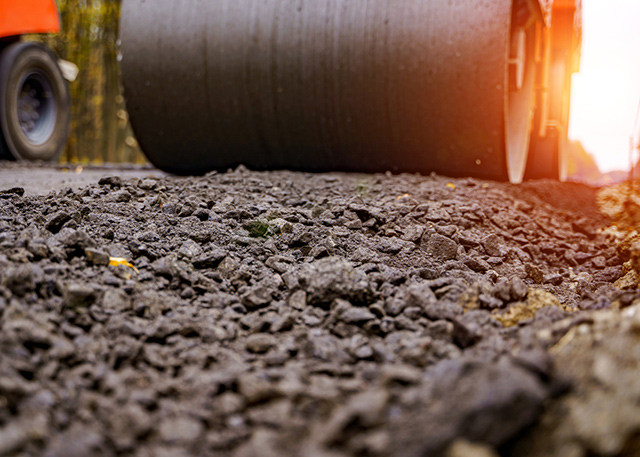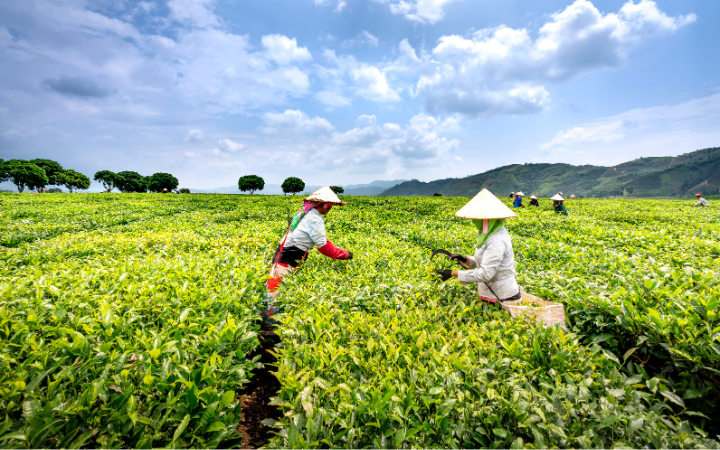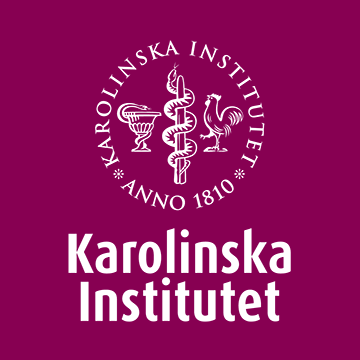Glass, rubber tyres and old asphalt are just some of the waste materials diverted from landfill to road construction as Port Stephens Council drives resource recovery to help reach its carbon neutrality goal by 2025.

As the first sustainable asphalt project in the LGA, Port Stephens Mayor Ryan Palmer says making the most of what we’ve got and embracing the circular economy is a no brainer for Council.
“We’ll be trialling circular economy asphalt that incorporates recycled materials for the construction of Salamander Way, Salamander Bay and includes building 267 metres of road with works scheduled to start in June this year,” Mr Palmer said.
“Reusing materials instead of paying to send them to landfill makes sense both environmentally and financially. There’s direct benefits beyond diverting waste from landfill including reducing our reliance on quarry products, which are a finite resource.
“Roads built with this combination of asphalt and recycled materials have proven to be more flexible and durable meaning they are staying in better condition for longer.
“We anticipate the same results in Port Stephens which means we’ll be able to stretch our limited road budget further.
“We’ve also ensured we’re using a local supplier of the materials – not only enhancing the local economy but also reducing carbon emissions with the reduced haulage distance,” he added.
According to the Port Stephens draft Community Strategic Plan 2022 – 2032 being presented at the Council meeting on 28 June, ensuring the Port Stephens environment is clean, green, protected and enhanced is a key focus area for the next decade.
Group Manager Facilities and Services Greg Kable says the circular economy initiatives are going to transform the way we operate over the next 10 years, and we have to keep pace with what is happening around us.
“We need to use our resources sustainably, efficiently and equitably and this project is a great example of doing just that – and there’ll be more to come,” Mr Kable said.
“The Salamander Way project will incorporate, 57,917 waste glass bottle equivalents, 83 tonnes of recycled asphalt and crumb rubber from 758 end-of-life tyres with the reduction in CO2e of 8,865 kg compared to using virgin materials.
“It will save the use of 8.8 tonnes of bitumen, 78.8 tonnes of crushed aggregates, and 10.4 tonnes of natural sand.
“The benefits continue long after the road is built, with the circular economy asphalt 100% recyclable at the end of its first life. This means it is a truly sustainable solution for recycling waste,” he added.
This project is partly funded by NSW Environment Protection Authority, from the waste levy.








